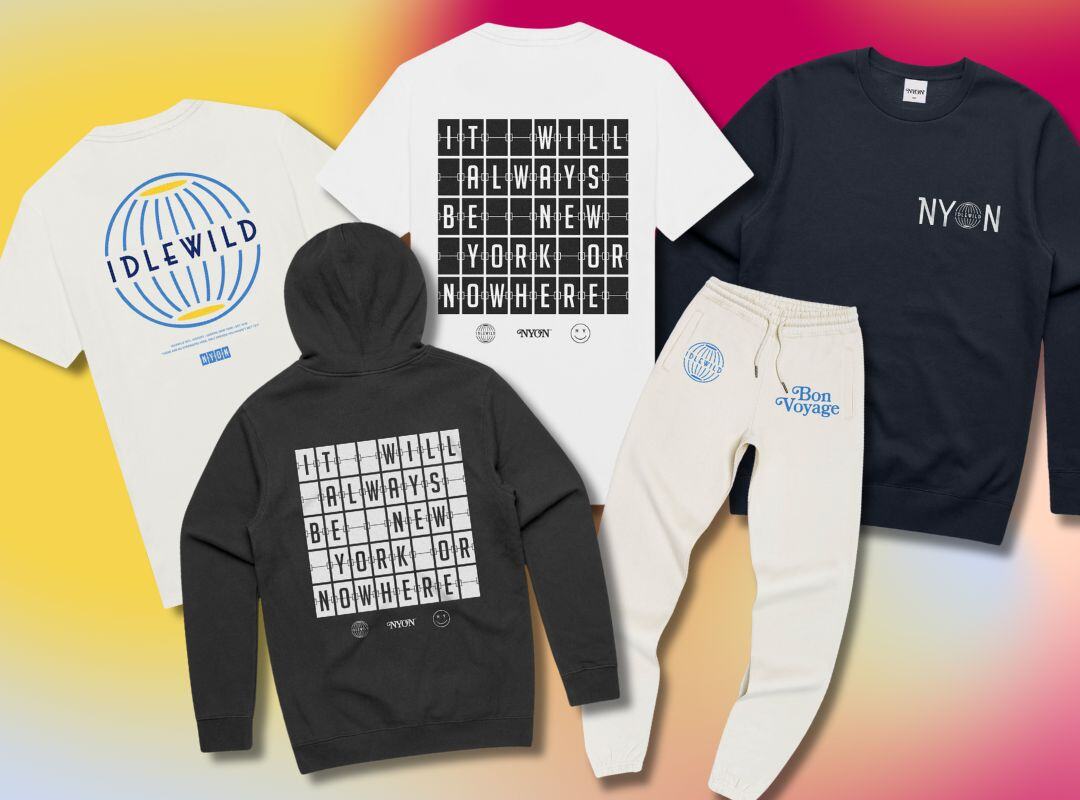Healthcare environments are traditionally associated with sterile and clinical aesthetics. However, the paradigm is shifting as the industry recognizes the importance of creating healing spaces that prioritize the overall well-being of patients. Experiential graphics, with their ability to engage, soothe, and inspire, are emerging as a powerful tool in transforming healthcare settings into environments that promote healing. In this blog post, we explore the significant impact of experiential graphics on the healing process in healthcare.
1. Reducing Anxiety and Stress
One of the primary benefits of experiential graphics in healthcare environments is their ability to reduce anxiety and stress among patients. Thoughtfully designed graphics featuring nature scenes, calming colors, and positive imagery create a more inviting atmosphere. This, in turn, contributes to a sense of calm and comfort for patients, making their healthcare experience less daunting.
2. Creating a Distraction from Pain
Experiential graphics serve as effective distractions, especially in areas where patients may be undergoing treatments or procedures. Engaging visuals can divert attention away from pain or discomfort, offering patients a mental escape and helping to ease the overall experience. This distraction technique is particularly beneficial in pediatric healthcare settings.
3. Fostering Positive Distractions for Staff
It's not just patients who benefit from experiential graphics—healthcare staff also experience a positive impact. Creating visually appealing and uplifting environments can boost the morale and well-being of healthcare professionals. A pleasant workspace contributes to a more positive and collaborative atmosphere, ultimately enhancing the quality of patient care.
4. Personalized and Therapeutic Environments
Experiential graphics can be tailored to specific patient populations or healthcare specialties. Pediatric units can feature playful and colorful designs to cater to younger patients, while calming nature scenes may be more appropriate for geriatric care. The ability to customize graphics allows healthcare facilities to create therapeutic environments tailored to the unique needs of their patients.
5. Improving Wayfinding and Navigation
Navigating large healthcare facilities can be overwhelming for patients and visitors. Experiential graphics can serve a practical purpose by aiding wayfinding. Cleverly designed graphics can guide individuals through the facility while maintaining a cohesive visual theme, reducing stress associated with getting lost or feeling disoriented.
6. Enhancing Overall Patient Experience
The overall patient experience is greatly influenced by the ambiance of healthcare spaces. Experiential graphics contribute to a positive experience by creating visually appealing and patient-centric environments. Patients are more likely to feel valued and cared for in settings that prioritize their well-being through thoughtful and engaging visuals.
Conclusion
In conclusion, experiential graphics play a vital role in transforming healthcare environments into healing spaces. By reducing stress, providing distractions, and enhancing the overall ambiance, these graphics contribute to a more positive and therapeutic experience for patients and healthcare professionals alike. As the healthcare industry continues to prioritize patient-centered care, the integration of experiential graphics stands as a testament to the commitment to holistic well-being in healthcare settings.






